We met six remarkable individuals who are pioneering paths and redefining their industries through innovative approaches and unique perspectives.
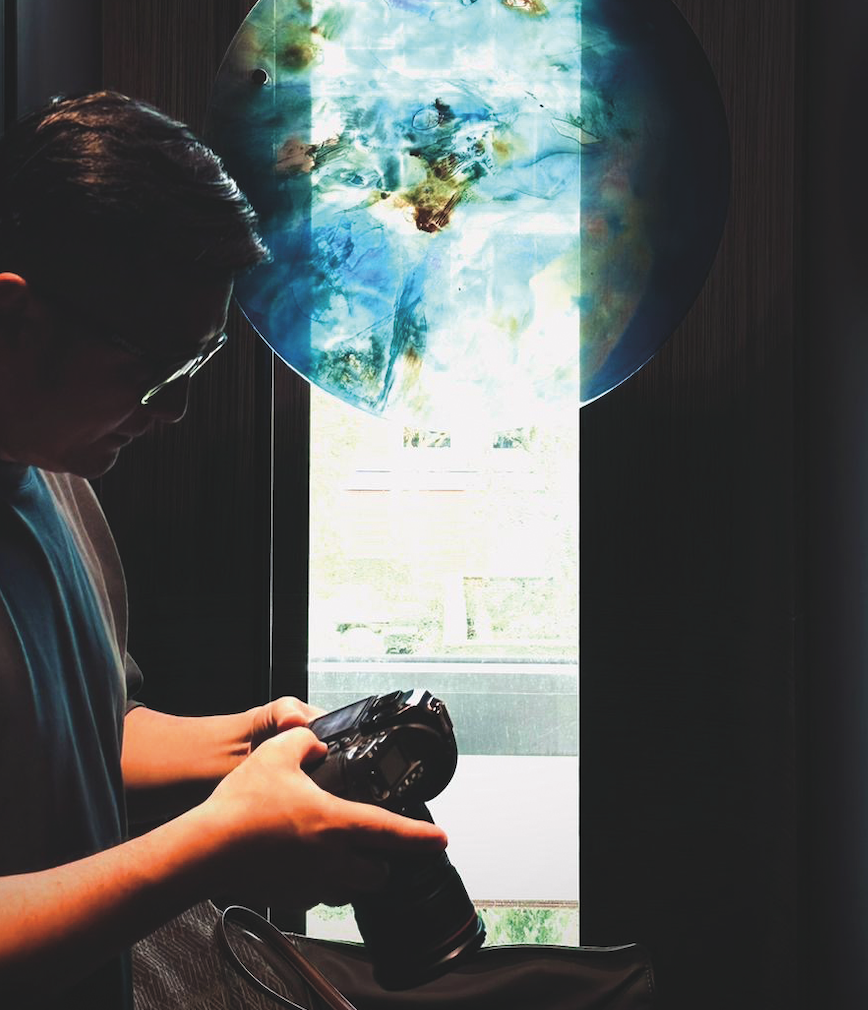
Wong Wei Liang
Photographer, 328productions.com.sg
Wong Wei Liang, an interior design photographer, captures the beauty and essence of spaces through his lens. His journey from photography trainer to business owner reflects a deep understanding of composition, lighting, and storytelling. With each click of the camera, he breathes life into the environments he photographs, showcasing their distinct characteristics.
Tell us a bit about yourself.
I started my career as a photography trainer, teaching the basics of photography and lighting techniques. It was a great introduction to the field, but my real break came when I landed a job at a local publishing company. Over eight years, I handled editorial and commercial shoots, exploring a wide variety of subjects—products, people, kids, events, food, and, of course, interior design. It was during this time that I developed a deeper appreciation for the craft, which eventually inspired me to start my own photography business.
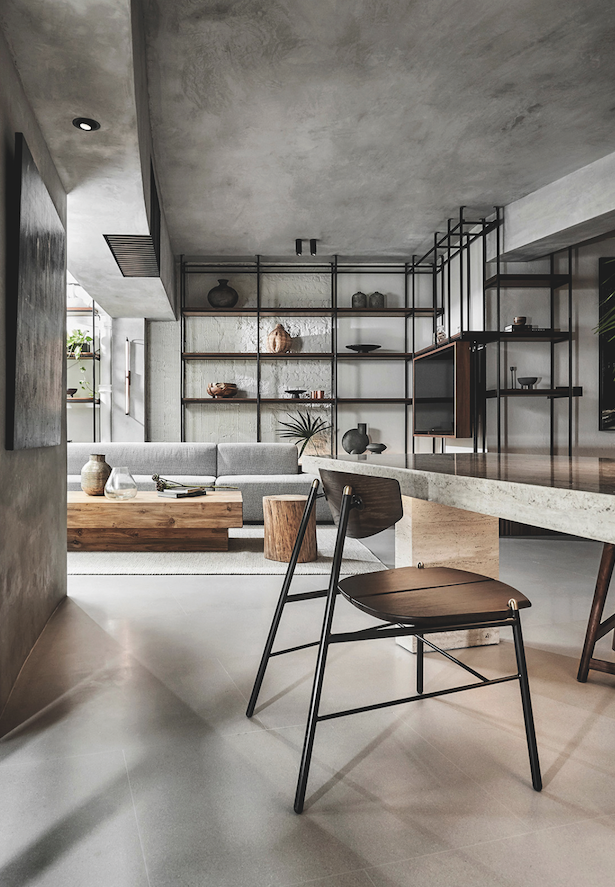
How did you get started in interior design photography?
My interest in interior design photography took shape at the publishing company. I had some amazing mentors—senior photographers and art directors—who taught me about composition and how to find the best angles for each shot. Their insights were invaluable. After gaining enough experience and confidence, I ventured out on my own, establishing my own company. This shift allowed me to work more closely with interior designers and brands, using the skills I had acquired to create stunning visuals that truly captured the essence of a space.
What do you look for in a space when you photograph it?
Before I start shooting an interior, I usually ask the interior designer to send me some photos or renderings of the space. This helps me visualize the layout and identify key areas I want to focus on. On the actual day of the shoot, I pay close attention to the lighting—natural or artificial—to ensure it enhances the space rather than detracts from it. I also look for interesting design elements or unique materials that can add character to the photos. My goal is to capture the aesthetic essence of the space while highlighting its most appealing features.
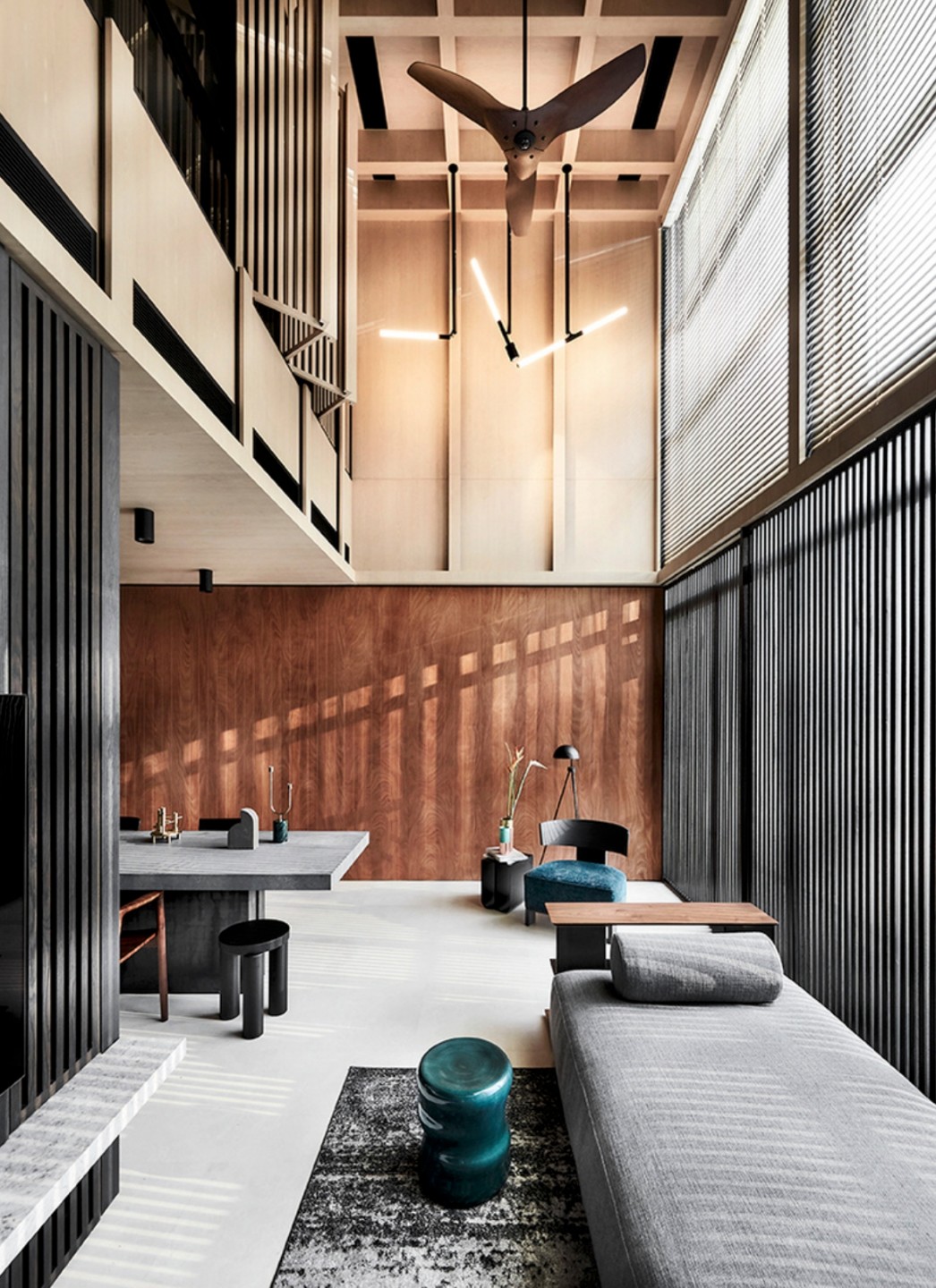
Can you describe a particularly memorable photo shoot?
I’ve been fortunate to photograph many interesting spaces designed by various interior designers, but one project that still stands out is The Crate Apartment by Upstrs. It’s one of the earlier projects I worked on, and it left a lasting impression. The concept behind the design and the unique materials used were intriguing. It wasn’t just about capturing the space; it was about telling a story through my lens, and this project gave me plenty to work with.
What are the biggest challenges in interior design photography?
One of the biggest challenges in interior design photography is managing client expectations. Most clients have a clear vision of how they want their space to be showcased, and they’re usually receptive to the angles I suggest. But occasionally, I’ll get a client who’s indecisive, which means I have to spend more time finding the exact angles that align with their vision.
Another significant challenge is decluttering and styling the space for a photoshoot. It can be quite a task, especially if there’s no stylist on hand or the interior design team can’t assist. In those cases, I often find myself spending valuable time removing and repacking various items in the house to create the right aesthetic. It’s all part of the job, but it can definitely add extra pressure to the shoot.
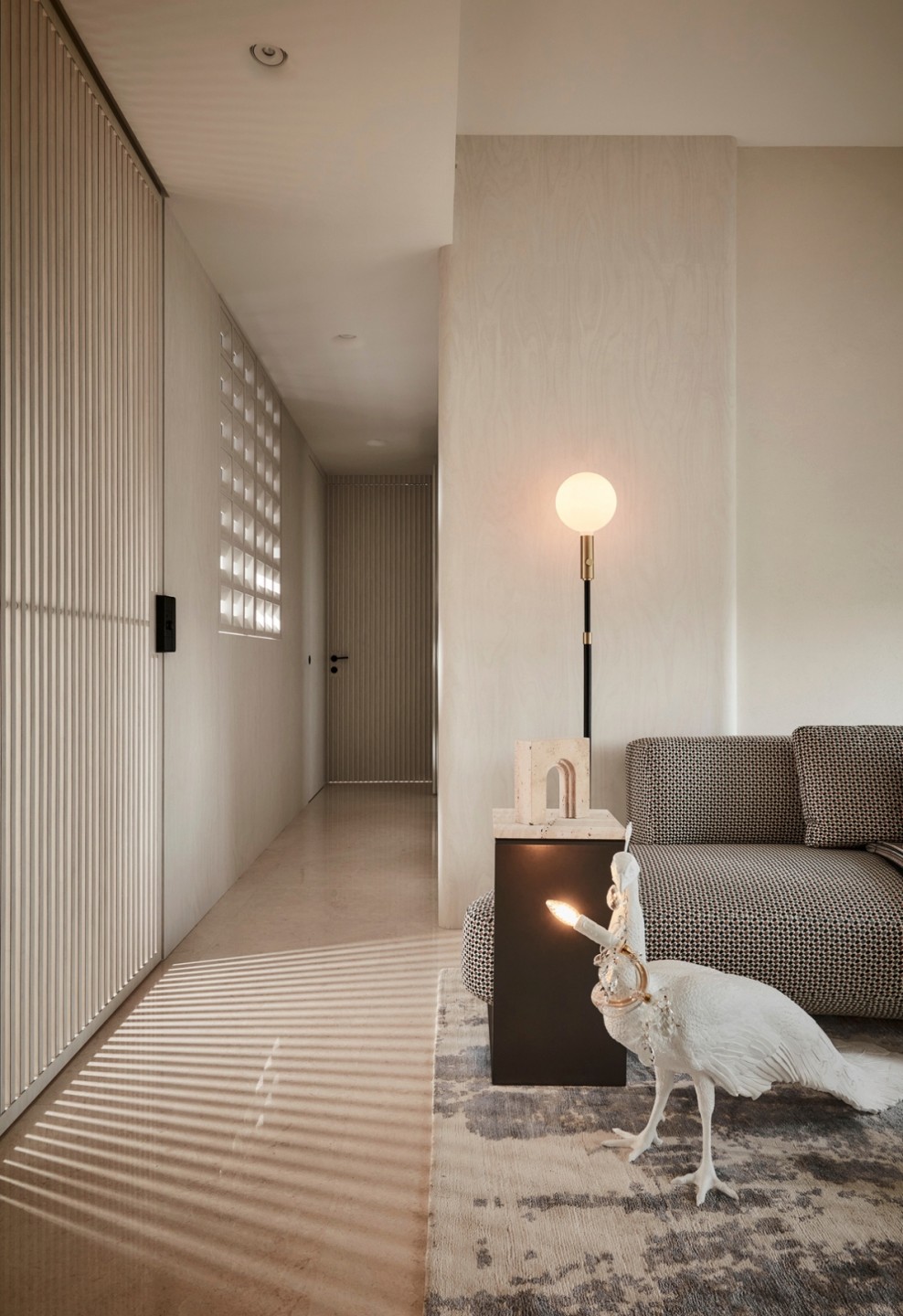
What advice would you give to photographers who are just starting out?
If you’re just starting out in photography, my advice is to focus on mastering the fundamentals and building a solid online portfolio. This is crucial for showcasing your work and attracting clients. However, don’t stop there. Reach out to other professional photographers and seek their advice. In my experience, most photographers are friendly and more than willing to share tips and ideas on how to improve your skills. Building these connections can be invaluable as you navigate your career and work on refining your craft.
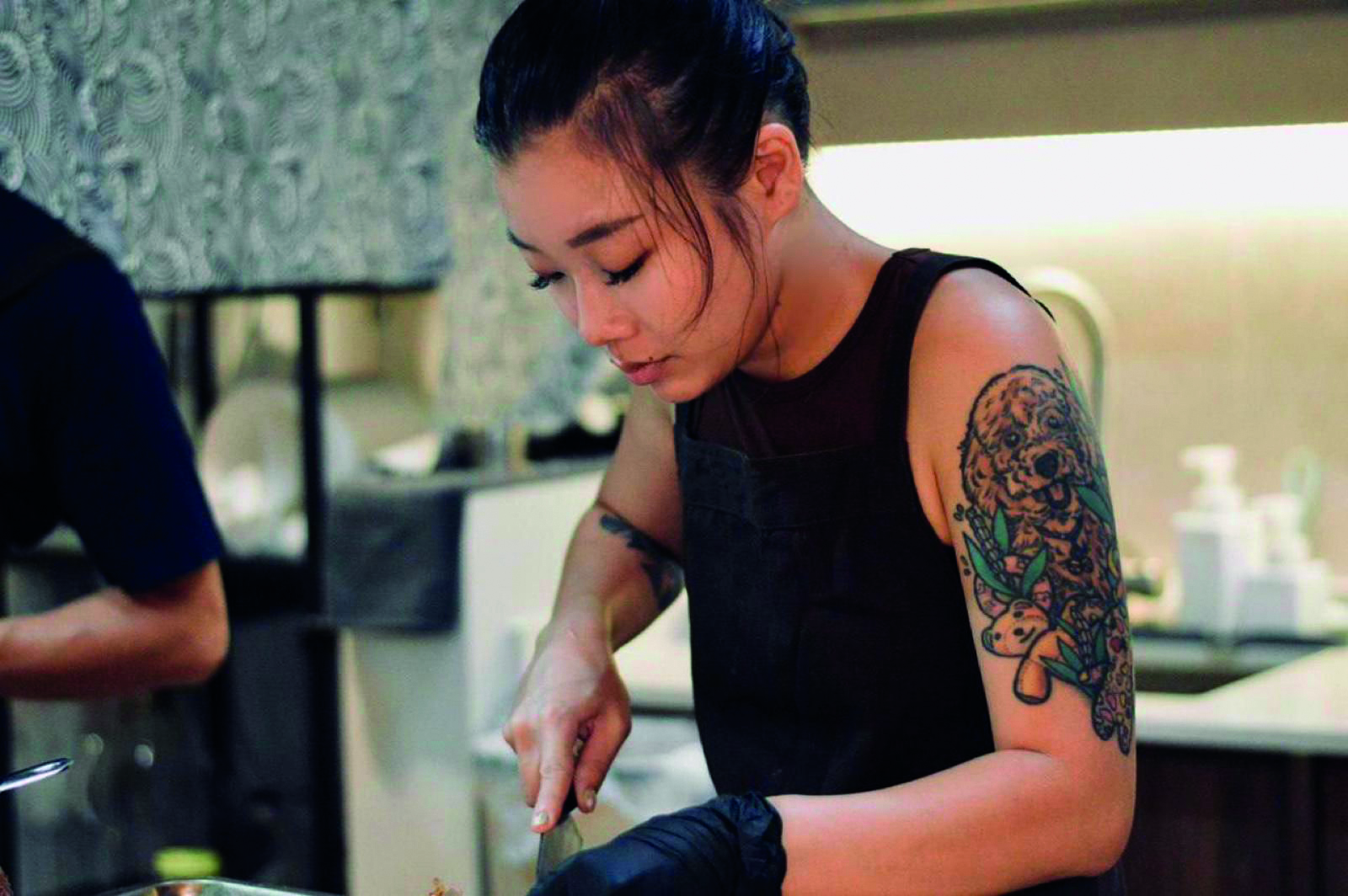
Pristina Mok
Private Chef, Fragment Dining
Pristina Mok is a private chef who has turned her passion for culinary arts into a rewarding career. Her journey from baking in secondary school to running her own dining service illustrates her commitment to creating exceptional dining experiences. Pristina’s cooking blends art and innovation, with dishes that feel familiar yet excitingly unique.
Tell us a bit about yourself.
My name is Pristina Mok, and at 28 years old, I have dedicated 9 years to the culinary world, embarking on my journey as a chef at the age of 19. Over the years, I have honed my skills in esteemed establishments such as Tippling Club, Odette and Restaurant Zen. From a young
age, I have always enjoyed art and being hands on and to me, cooking is an expression of that artistry. I thrive on pushing my own limits and constantly challenging myself to reach new heights.
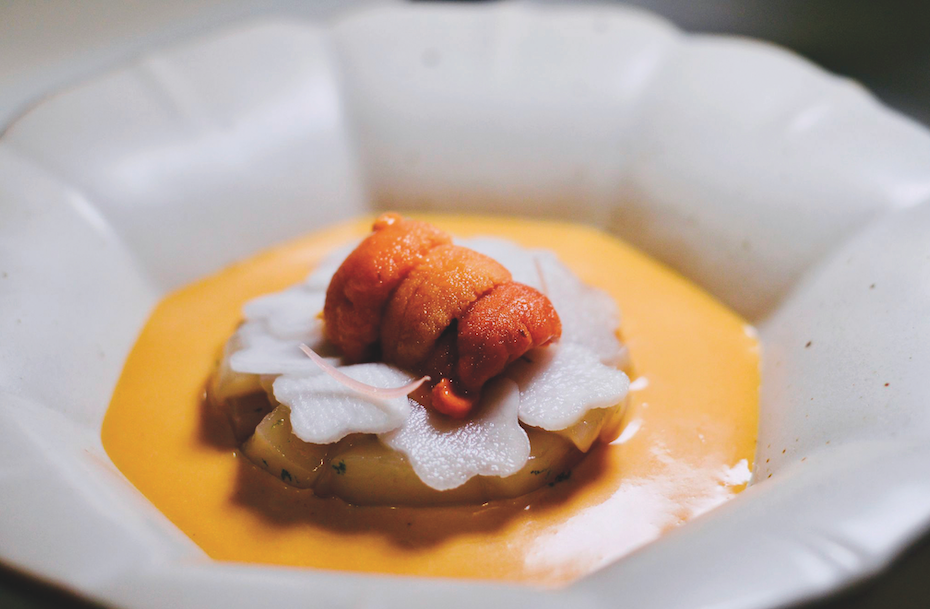
What inspired you to start cooking, and how did you decide to make it your career?
I first became interested in baking when I was in secondary school. I remember my mother going for leisure baking classes at the nearby Community Centre and she would bring back baked goods like tarts and chiffon cake. She bought some baking equipment to bake at home, which I slowly took over as my interest in baking grew. My dad also frequently cooks dinner for the family, and my fondest childhood memories are centered around our time at the dinner table.
During those days, the internet was not so easily accessible. I would cut out recipes from newspapers and magazines to create a binder which I refer to when baking at home. I got motivated to pursue a diploma in Culinary and Catering Management in Temasek Polytechnic which piqued my interest in the F&B sector even more.
For my internship, while most people opted to go for hotel placements, I was persistent to pursue an internship at Tippling Club. I was intrigued by how Chef Ryan Clift uses science and technology in his cooking. It was an eye- opening experience into the culinary world and I was quickly hooked by it. The long hours, the adrenaline during lunch and dinner service, at 19, I was all for it. That’s where my culinary career truly began.
How did Fragment Dining come about?
After about 8 years working in restaurants, I found myself asking, “Who am I as a chef?” and I didn’t have an answer. In 2022, I got the opportunity to be a part of Magic Square 2.0, an incubator for young chefs to create a nine-course tasting menu and ran the restaurant ourselves. That was my very first experience creating my own menu and cooking my own food. This experience ignited my desire to explore my own culinary path, which eventually led me to start Fragment Dining.
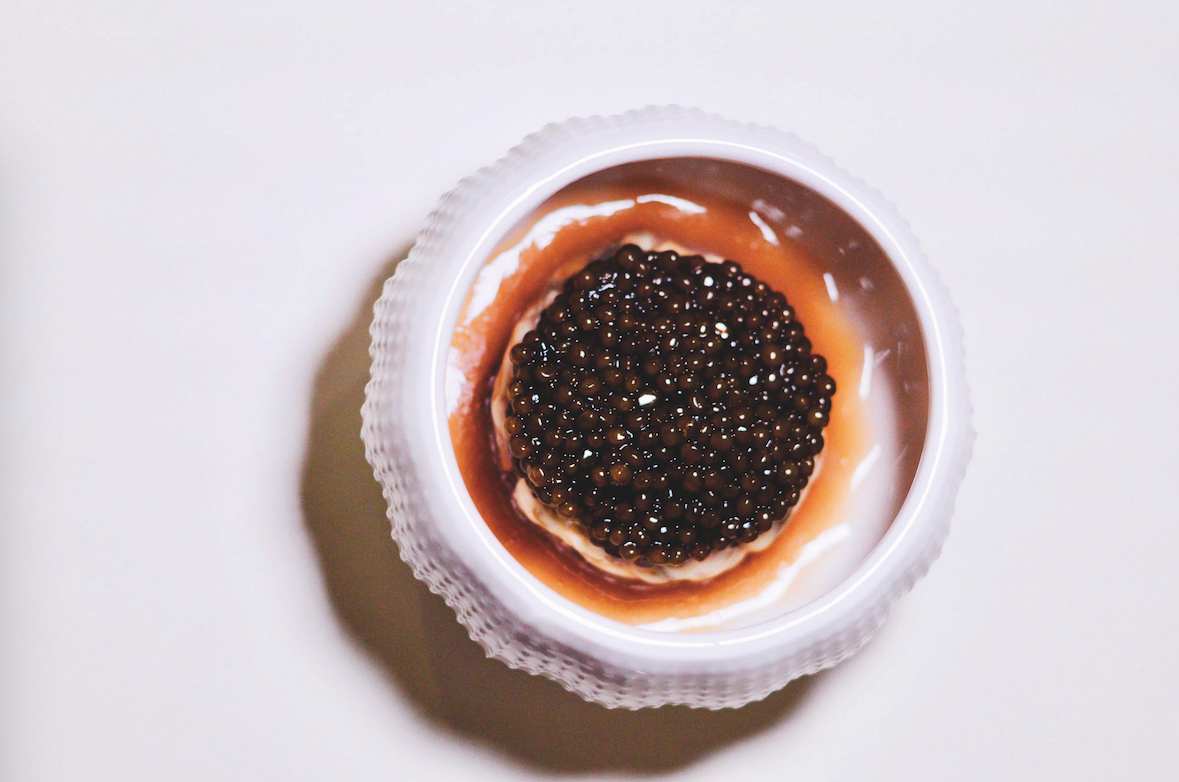
What is your signature dish?
A standout dish on my current menu is Raw Hokkaido Scallops, seasoned with calamansi and ginger flower, topped with pickled Kabu and Uni, finished with a laksa sauce. I love creating dishes that feel familiar yet different, which ignites conversations.
What have been some of the most significant challenges you’ve faced working as a private chef?
One of the challenges I have faced would definitely be realising that I am no longer just a chef but a business owner. I cannot only just think about the menu and food but I would also need to think about the guest experience, marketing, social media and accounting. Getting used to cooking at home instead of a professional kitchen is also another big challenge. I have to adapt to the space and work with home appliances instead of professional equipment.
How do you stay inspired?
As a private chef, I work alone most of the time, which can make it challenging to stay inspired. To overcome this, I often visit restaurants, hawker centres, and markets to find inspiration in my surroundings. Additionally, I connect with friends in the F&B sector to keep up with trends and maintain a fresh perspective.
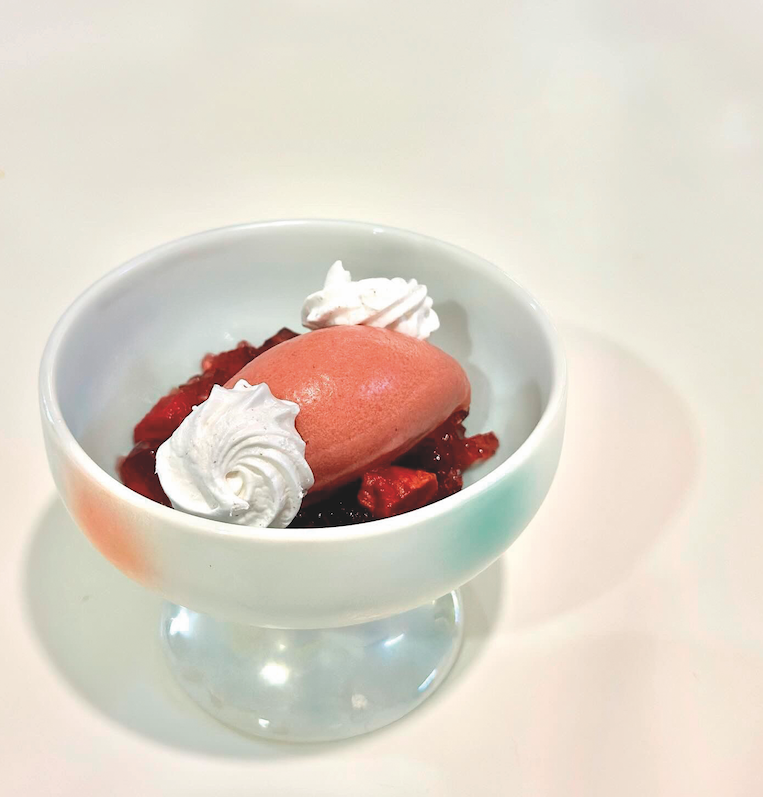
How do you create a welcoming environment in your home for your dining guests?
My husband and I designed our home with a Wabi-Sabi theme, focusing on creating a calm and comforting environment where we can relax and unwind. To achieve this, we used warm tones throughout the house, maintaining a neutral colour palette. We limewashed the walls to give the space a rustic feel, and kept the area clutter-free with minimal furniture. These elements come together to create a welcoming atmosphere for our dining guests.
Can you share some details about how you set the ambiance for a typical dinner event?
A typical dinner setup looks something like this: I set the air conditioning to around 23 degrees Celsius to create a cool and comfortable environment for the guests. I then turn on the lights in specific areas, focusing on the dining space to draw attention to it. I also play a playlist that we’ve curated for Fragment Dining, with songs ranging from 80 to 100 BPM. This tempo is similar to a normal walking pace, which helps guests feel at ease—not too rushed, not too sluggish.

What feedback have you received from guests about the atmosphere you created?
My guests appreciate that I have removed a bedroom wall and opt for an open kitchen which fosters a more expansive dining area and helps facilitate better interaction. They also admire the colour palette chosen, as well as the overall comfortable dining experience.
What goals do you have for your culinary journey in the coming years?
I take great pride in our Singaporean culinary heritage, where our diverse food culture reflects the vibrant influences of neighbouring countries. I am intrigued by how our local cuisine has evolved, blending flavours and techniques from various traditions.
My vision for my culinary journey is to introduce innovative F&B concepts that celebrate our cultural diversity, offering an exploration of flavours and experiences unique to Singapore.
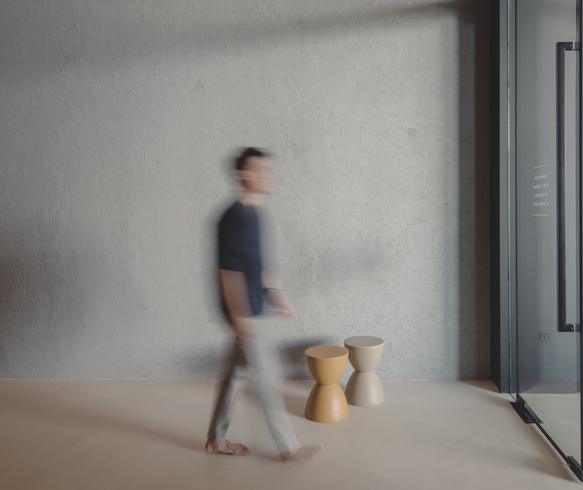
Kobe Wong
Founder of KDOT Studio
Kobe Wong is the founder of KDOT Studio, where he creates spaces that inspire joy and well-being. His journey from employee to business owner is marked by a focus on balancing aesthetics, functionality, and continuous learning. Kobe’s design philosophy embraces creativity and aims to bring out the best in every project.
Tell us a bit about yourself.
Hello! I’m Kobe Wong, the chief enthusiast at KDOT Studio, where we create spaces that spark joy and inspire a better way of living. With a decade of experience in the industry, I’ve honed my skills in understanding clients’ needs, balancing aesthetics with functionality, and bringing visions to life. Whether it’s a residential, commercial, or hospitality project, I’m committed to delivering tailored solutions that exceed expectations and foster a sense of well-being.
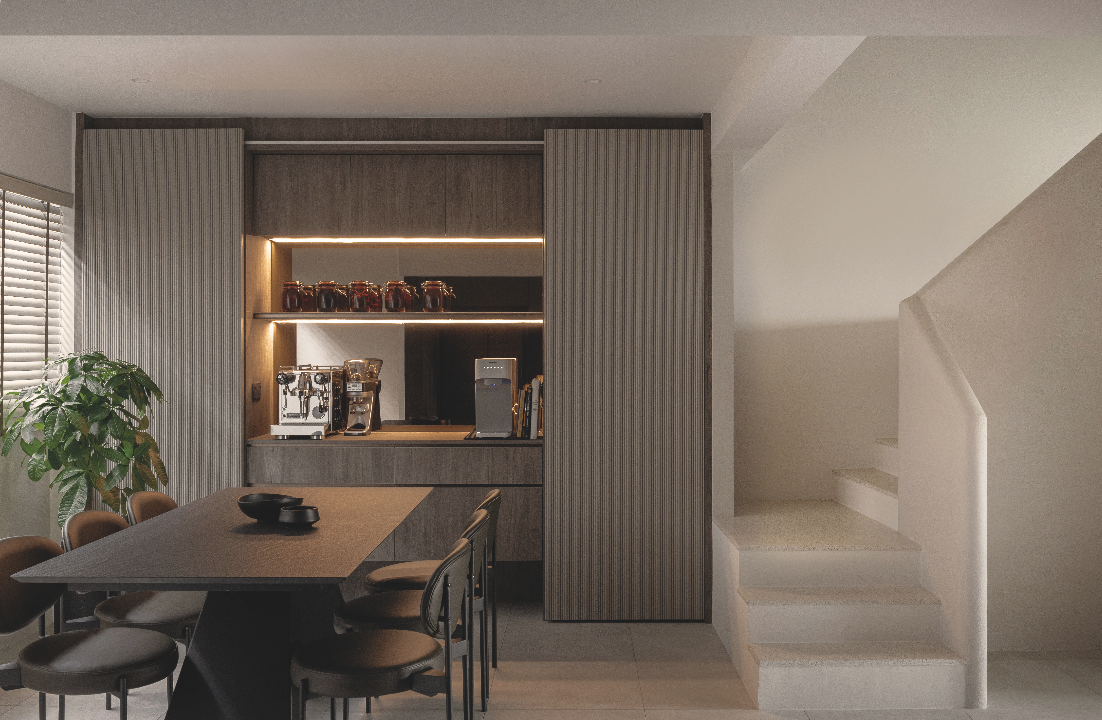
After 15 years in the industry, what motivated you to start your own interior design firm?
Starting my own interior design firm after 15 years in the industry gave me the freedom to make decisions that align with my vision and creativity. It allowed me to turn my passion for interior design into a rewarding career that brings both joy and satisfaction. The personal fulfillment I get from seeing the positive impact my designs have on clients’ lives is invaluable. As I challenge myself, I grow not only as a designer but also as a business owner.
Being my own boss means I can set my schedule and work at my own pace, creating a better work-life balance. With the potential for unlimited earnings, my hard work and dedication can lead to greater financial success.
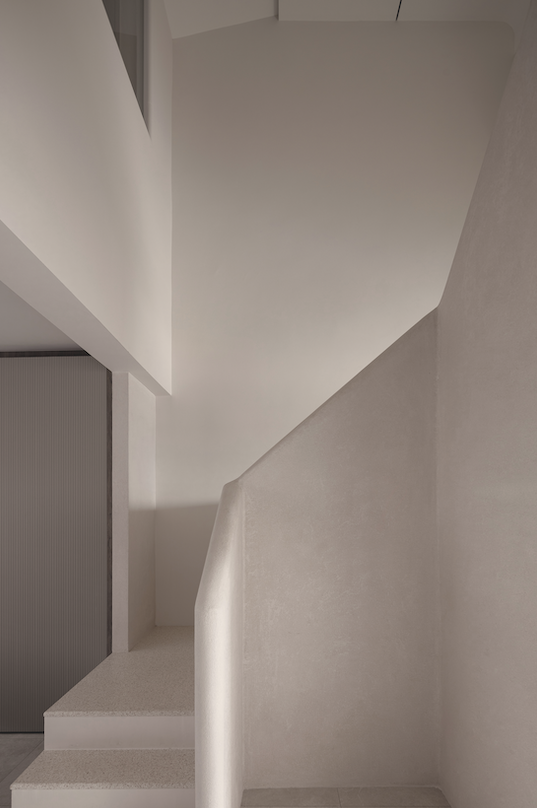
What is the most valuable lesson from your previous experience that influenced your decision?
My previous experience taught me the importance of continuous learning and staying up-to-date with industry trends. By maintaining curiosity and seeking knowledge, I’ve been able to innovate and push boundaries in my design work, keeping my firm competitive and at the forefront of the industry. Attention to detail and quality control are crucial. The commitment to precision and excellence in every aspect of a project has become a hallmark of my design firm.
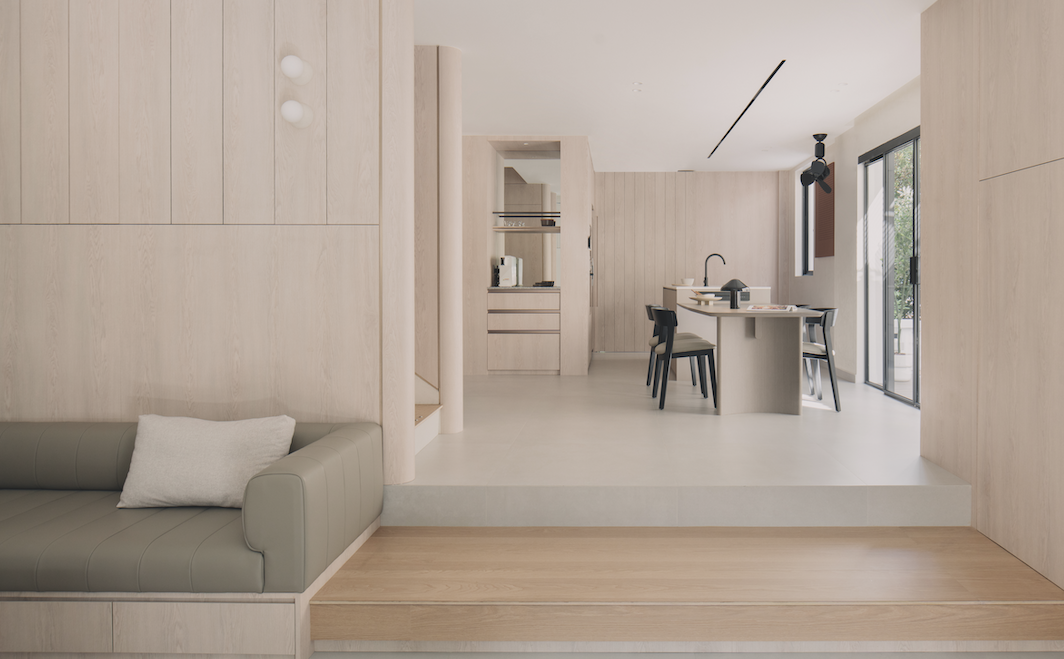
What have been the biggest challenges you’ve faced since starting your own firm and how have you addressed them.
One of the biggest challenges I faced was transitioning from being a designer to becoming a business owner. I had to learn how to manage finances, marketing, and client relationships, which was quite a steep learning curve. To navigate this, I sought mentorship from experienced entrepreneurs, attended industry events, and took business courses to improve my skills. As a business owner, effectively managing my time to spend with family is crucial. I make family time a priority by scheduling regular activities like dinners, game nights, or outings, treating them as non-negotiable appointments.
Time management and delegation were skills I needed to develop. To do this, I learned to prioritise tasks, delegate effectively, and invest in tools and systems to streamline processes and boost efficiency.
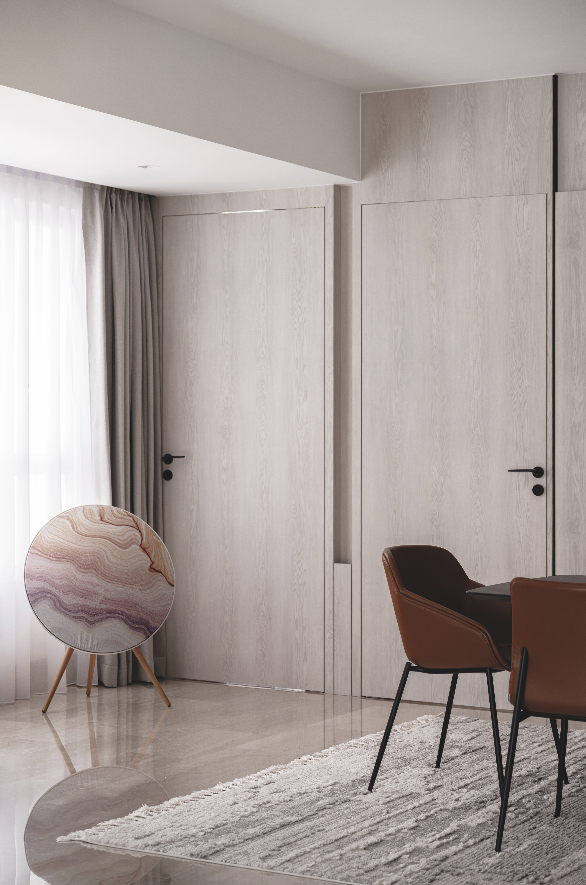
Can you describe one of your favourite projects & what made it so special for you?
One of my favorite projects was a residential design for a family of four, which I called my second home—Kobe Residence 2.1. What made it special was the chance to transform a dated, compartmentalised house into a vibrant, open-concept living space that balanced the needs of a family home with the desire to create an experimental space.
Creating a unique environment that’s both functional and inspiring can be challenging, especially with children of different ages and genders, and my own goal of integrating a workspace into the house. The most rewarding part was seeing the family’s joy and excitement as they moved into our new home, filled with spaces that reflected their personality and style.
This project stands out to me because it demonstrates the power of design to transform not just a physical space but also the way people live, connect, and create memories together.
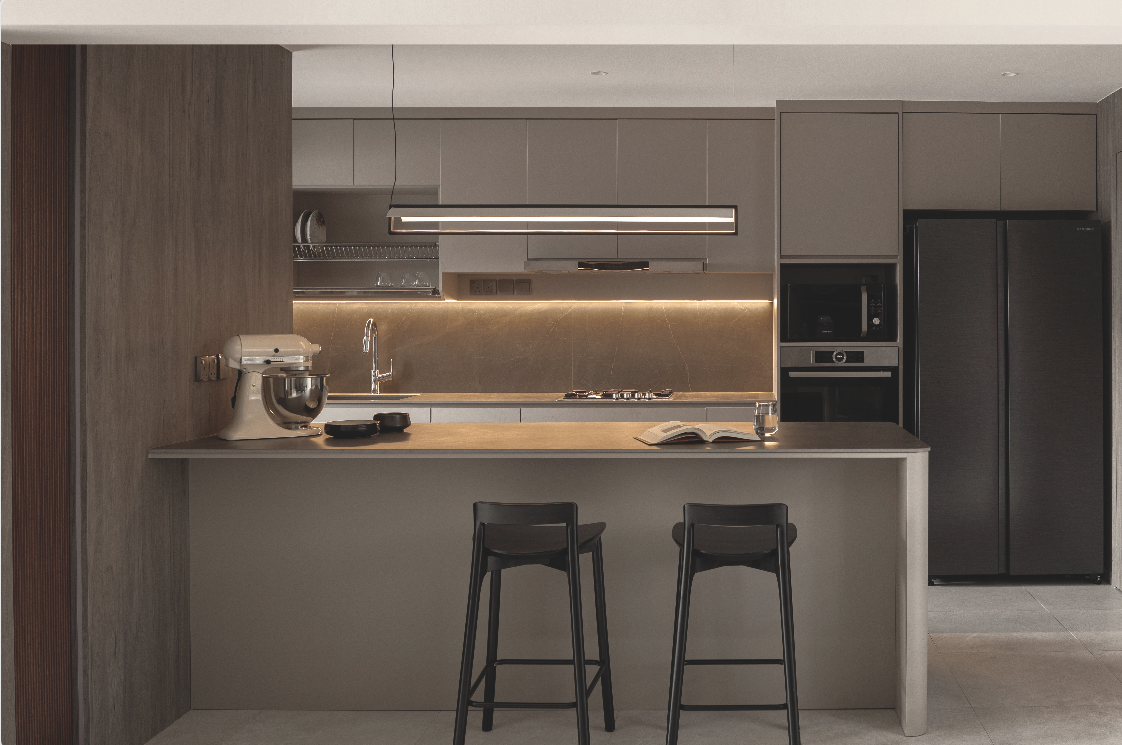
What design trend are you excited about currently and how do you incorporate them into your work?
Victorian-era details are making a comeback, but with a modern twist. You can embrace this trend by incorporating Victorian-inspired designs that have cleaner lines and less intricate ornamentation.
Artisanal products are in high demand, with bespoke pieces gaining popularity. To integrate this trend into your design, consider using handmade or hand-tooled elements for a touch of craftsmanship.
High-tech lighting is on the rise because it allows you to adjust intensity and colour. To incorporate this trend, try using smart lighting systems or programmable light bulbs.
Looking ahead, what are your professional goals for the next decade?
I’m looking to develop a signature design style by refining my unique aesthetic, aiming to be recognised for my distinct approach to interior design. I also aim to mentor emerging designers by sharing my knowledge and experience to support their career growth.
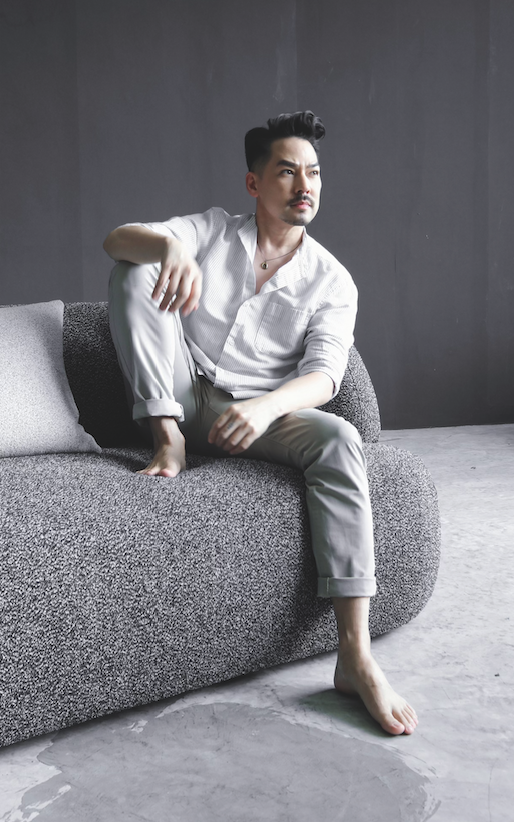
Tyler Wisler
Founder of Disrupt Design
Tyler Wisler, the founder of Disrupt Design, represents the rebel spirit in interior design. With 25 years of industry experience, he has competed on TV shows and designed high-end residential projects. Tyler’s ethos challenges conventional design trends, offering clients interiors that are undeniably cool and crafted with impeccable attention to detail.
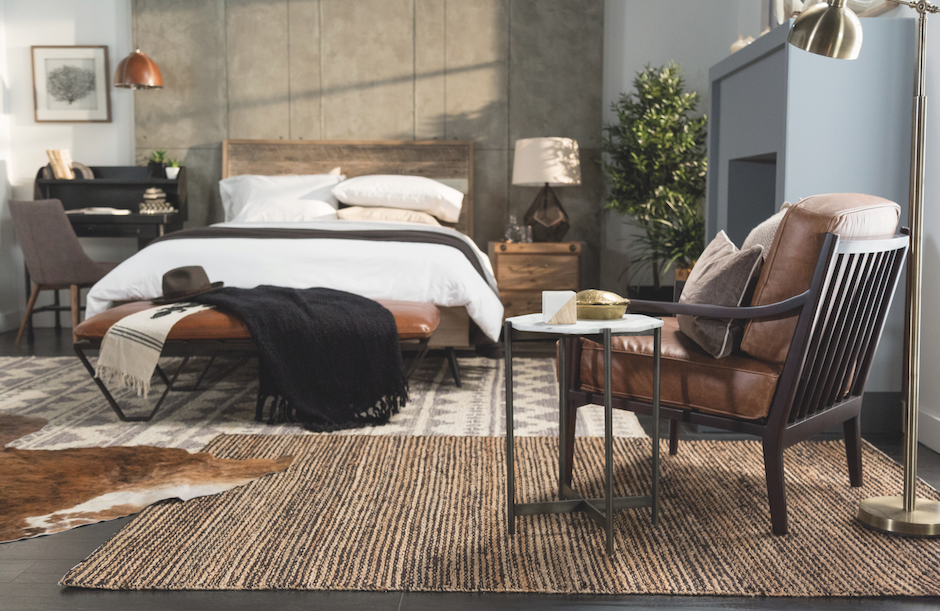
Tell us a bit about yourself and Disrupt Design.
I recently reached a major milestone: I realised that I’ve been in the design industry for 25 years as of this April! If you’re wondering, “How is that possible? Did you start when you were 7?”—well, you’re officially my favourite. I’ve had the incredible fortune of spending my first 15 years with a boutique firm in Manhattan, where I gained experience in every aspect of a project, from start to finish. The firm specialised in high-end residential design, with an occasional commercial project thrown in.
During that time, I competed on HGTV’s “Design Star,” designed on several makeover shows—such as the Emmy-winning “George to the Rescue”—got involved in philanthropic events, and most recently, was asked to be a judge and mentor on Asia’s biggest design competition show, “The Apartment.”
Those 20 years in New York shaped me as a designer and influenced my approach to design. I learned that every client is unique, with their own story to tell, and they deserve to be celebrated for who they are, where they’ve been, and what they aspire to. This mindset, combined with a commitment to using authentic materials, impeccable finishes and craftsmanship, and styling spaces with carefully selected treasures, formed the basis of what I considered good design. However, with the rise of “fast fashion” in recent years, “fast design” has unfortunately become common. The proliferation of cheap copy-paste design packages and a quantity-over-quality philosophy is disheartening. This year, I founded Disrupt Design to rebel against that trend, with the goal of creating interiors that are undeniably cool and celebrate unique, high-quality design.
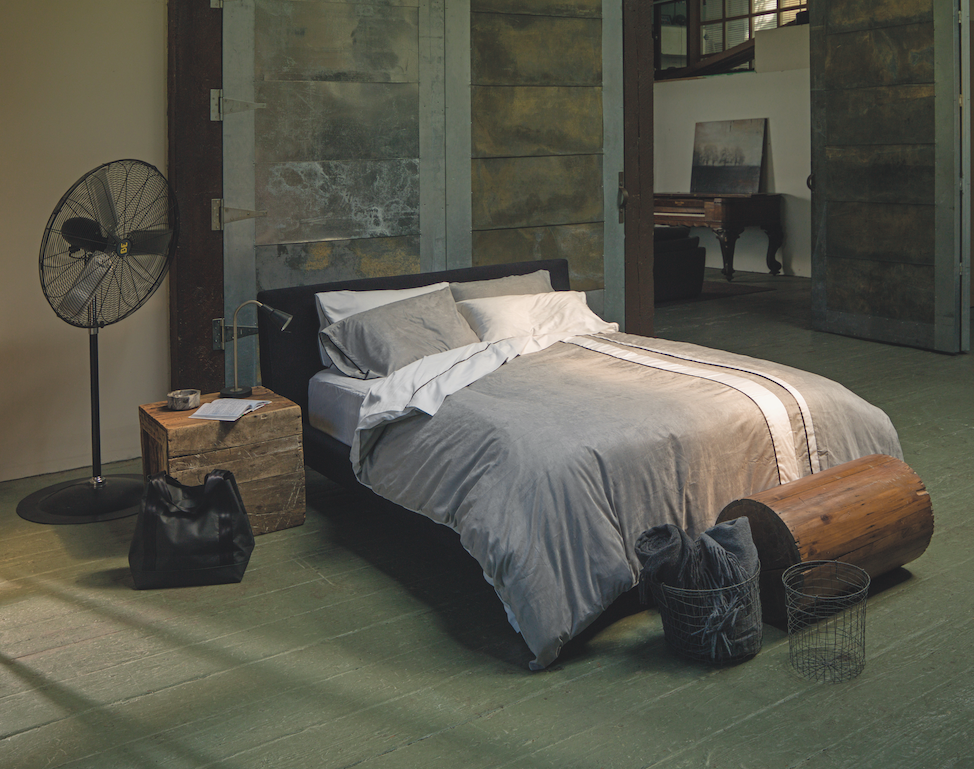
Can you describe one of your favourite projects and what made it special for you?
I recently led the design of a stunning omakase restaurant on Tras Street, which I’m quite proud of. The concept for the space evolved organically and collaboratively, with layers of development—a process that I find ideal for bringing projects to life. Too often, designers and clients are overly rigid with initial floor plans and renderings, failing to recognize that improvements can be made by continuously re-evaluating the space as it takes shape. It’s also our duty to educate and inspire clients, helping them see the vision of what could be. “Working with Tyler has been nothing short of great! A move away from the typical designs in Singapore, the ideas he brings from his experience in New York and the rest of the world have been truly eye-opening and refreshing,” said Mark Chia, co-owner of Shin Terroir, describing our collaboration on this project. His words reflect the unique approach I take to design, focusing on creativity and adaptability.

How do you balance aesthetic considerations with practical functionality in your designs?
This topic often comes up in conversation because there are so many preconceived notions about what you “should” do when you hire an interior designer. I’m not sure why it’s ingrained in the local psyche that laminate is the only choice, that sintered stone countertops are superior, that pelmets are a must, or that day-and-night curtains are the only option for light control. I firmly believe that there’s always a way to make practicality and beauty work seamlessly together. As designers, we need to stay on top of what’s new, what’s trending, and what truly matters. Then, we need to translate that information into innovative solutions and create environments that are both functional and visually stunning. 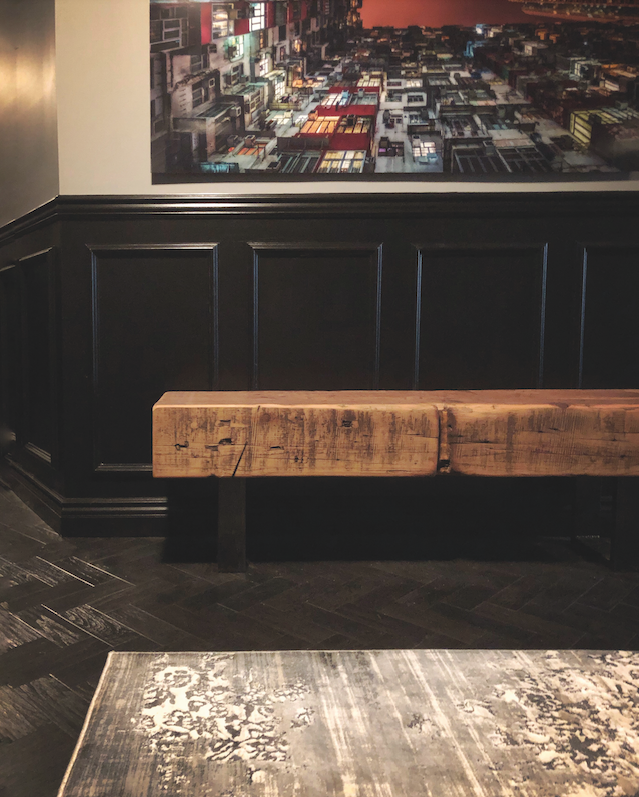
What advice would you give to someone just starting their career in interior design?
I want people in Singapore to hold designers in higher regard, and that starts with the next generation.
I want aspiring designers to understand their value. Design isn’t free; your education, expertise, and life experiences have worth. Don’t undervalue your skills.
Stay curious and research everything. It’s important to know a little about a lot of things, rather than relying solely on Pinterest for inspiration. Travel as much as possible. It’s the best way to immerse yourself in different cultures, art, and architecture, allowing you to develop a unique perspective. Learn to speak and communicate effectively. I’ve seen too many people, not just designers, struggle with presenting their ideas. As designers, our goal is to make others fall in love with our story and our vision for a better world. Take a public speaking class, practice, and then keep practising.
Looking ahead, what are your goals for the next decade?
I want to find amazing clients who share my passion for design. I aim to collaborate and create new products that align with my aesthetic and sensibility. I also want to inspire more people to honour their spaces by giving them the time and attention they deserve. Additionally, I’d like to organise charitable events in Singapore that celebrate interior design and the talent we have here. Ultimately, I want to continue writing my love letter to design by leaving things more beautiful than I found them.
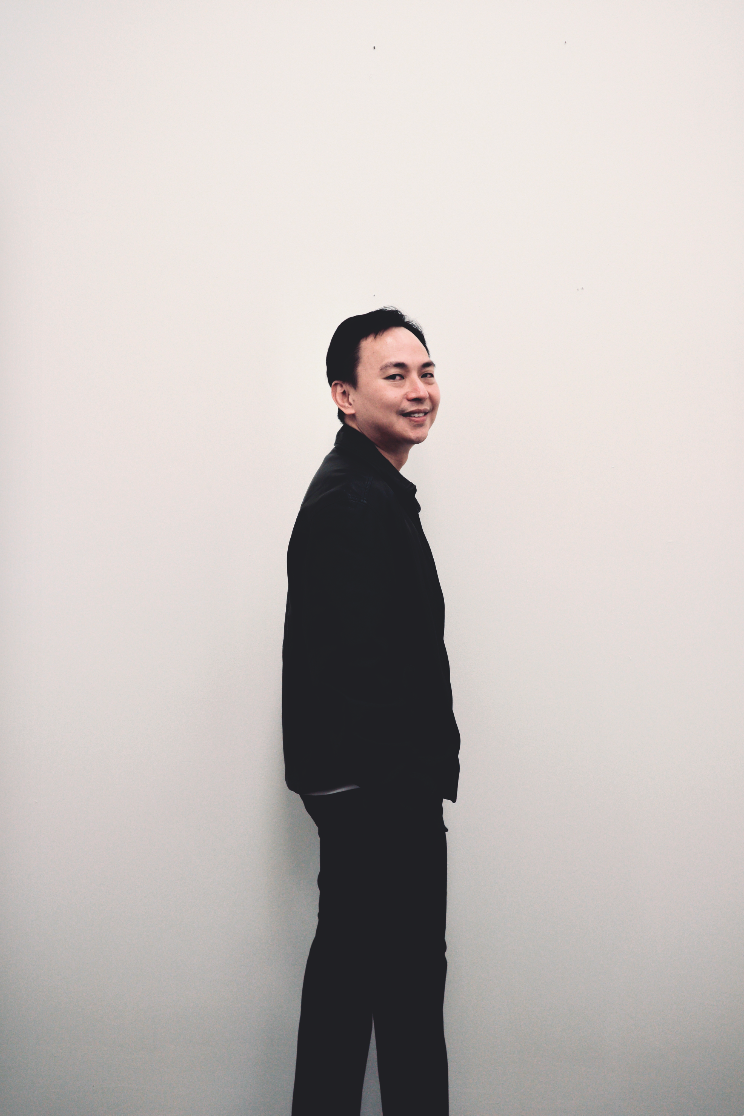
Kelvyn Lim
Founder of Happe Design Atelier
Kelvyn Lim, the founder of Happe Design Atelier, specializes in customised interior design solutions. His focus on creating bespoke spaces for clients distinguishes him from mass- market trends. Kelvyn’s journey from employee to business owner demonstrates his commitment to offering tailored services that meet the unique needs of his clients.
Tell us a bit about yourself.
I am Kelvyn Lim, the founder of Happe Design Atelier.
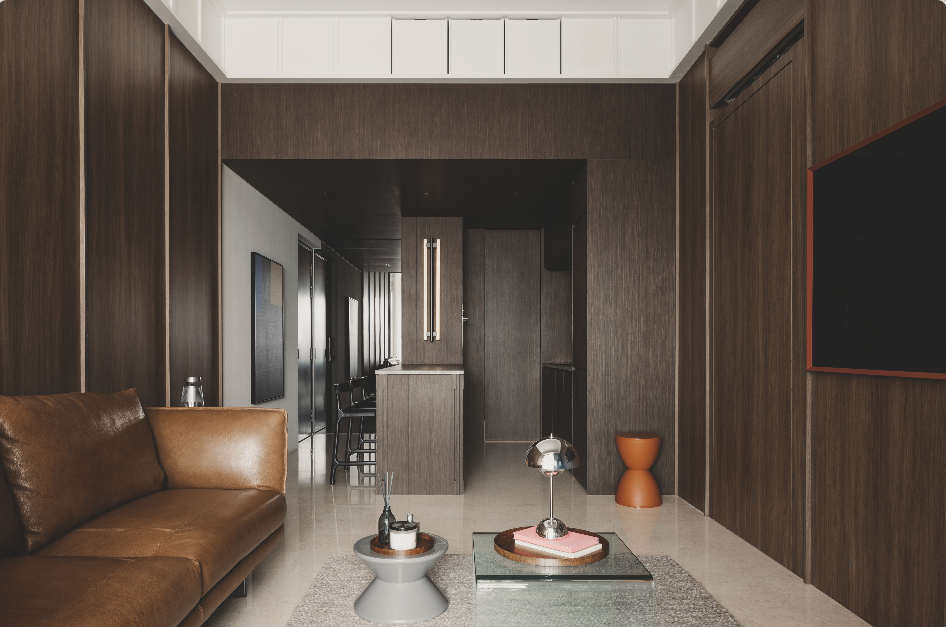
After 8 years in the industry, what motivated you to start your own interior design firm?
It took a significant leap of faith to quit my job and start the company. The support of the co-founders, who transitioned from friends to business partners, was crucial. We each bring unique backgrounds and design experiences that we believe will positively impact our clients. However, it wasn’t as easy as we had hoped. It took some time to pitch and secure our first project.
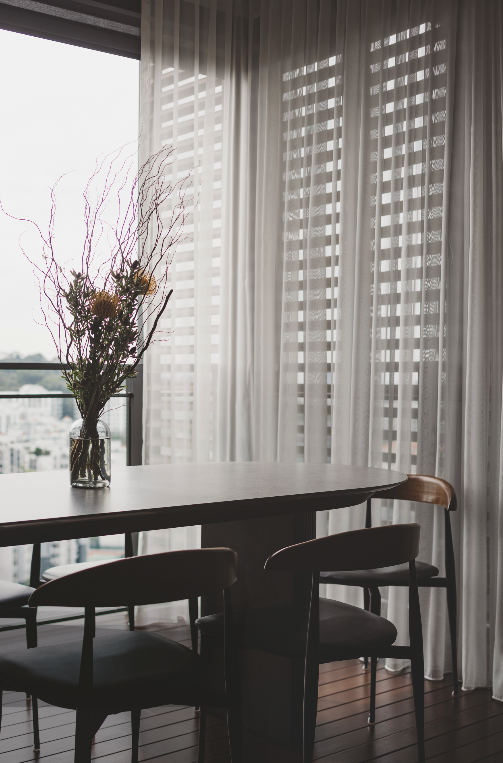
What were the most valuable lessons from your previous experiences that influenced your decision?
From my experience, many interior designers in the past prioritised cost efficiency to meet clients’ basic living requirements. However, my aspiration is to offer a more customised and tailored service, aligning with our clients’ budgets and needs. With our design expertise and passion, we see this as an opportunity to start our own practice, focusing on bespoke services.
What are some common challenges you face in your projects, and how do you overcome them?
Expectation management is critical in the interior design industry, where miscommunication or misalignment of expectations can occur due to inadequate communication, poor record-keeping, or failure to educate clients about product specifications and properties. We typically follow a thorough process for selecting products we believe in before recommending them to our clients. We invest considerable time with our clients in selecting finishes and products that suit their lifestyle and requirements.
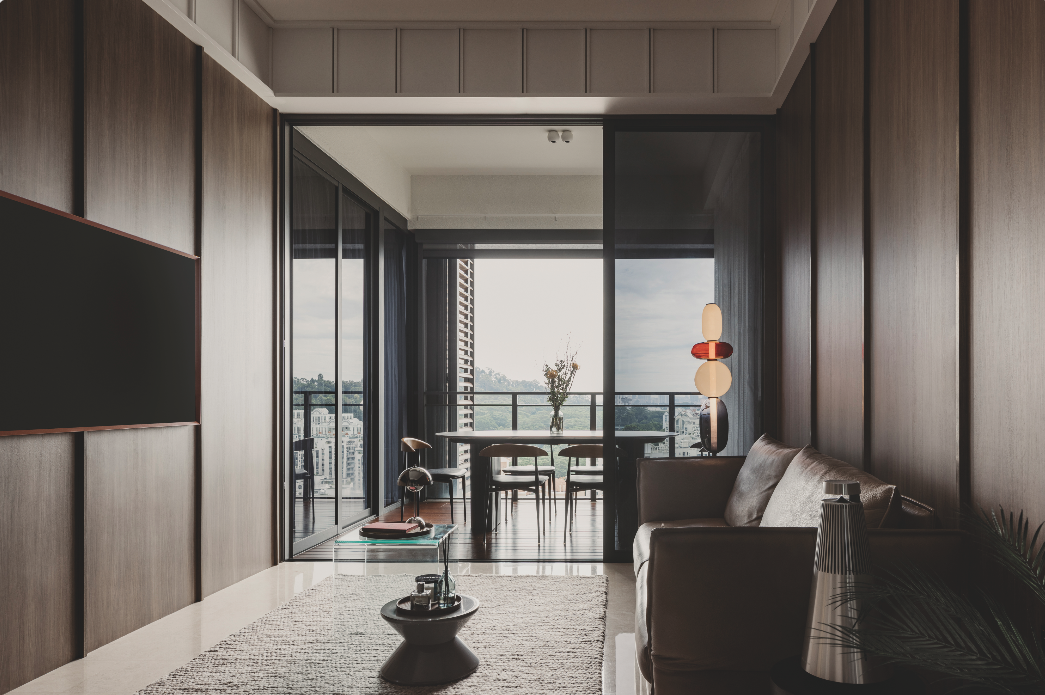
Can you describe one of your favourite projects and what made it special for you?
My own house served as a “testing ground,” allowing us to experiment with space planning, materials, and functionality. With client projects, we can’t afford to take risks because we’re responsible for delivering a “successful” design. In this case, we had the freedom to think big about function and space, aiming to make the most of the real estate.
The project was about creatively crafting spaces for each family member while meeting their lifestyle needs. We focused on maximising space planning while maintaining a minimalist aesthetic with a touch of luxury. This included exploring new materials and playing with different volumes and proportions of spaces. We created varying heights in the rooms and paired them with “clean” alignments of existing elements to achieve a visually pleasing impact.
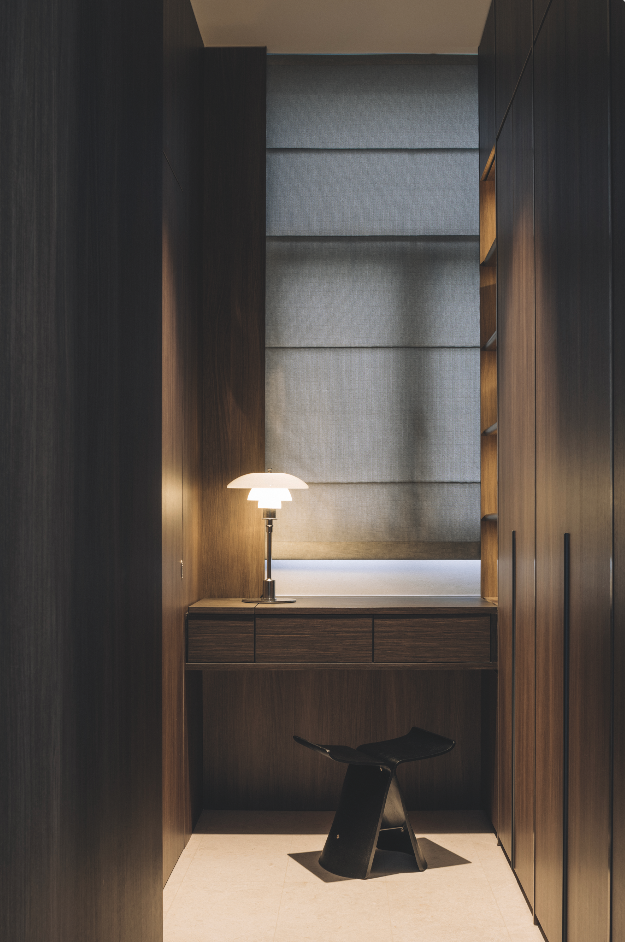
How do you cultivate a creative and productive work environment in your firm?
We foster a collaborative work environment with minimal hierarchy. Everyone is encouraged to voice their ideas and opinions, which plays a key role in shaping the “Happe” ethos, both personally and in our design approach.
How do you handle competition, especially from larger, more established firms?
We stay focused on our design process, experience, and the services we provide to our clients. We’re not part of the mass-market stream; instead, we concentrate on designing each project according to the unique lifestyles and needs of our clients.
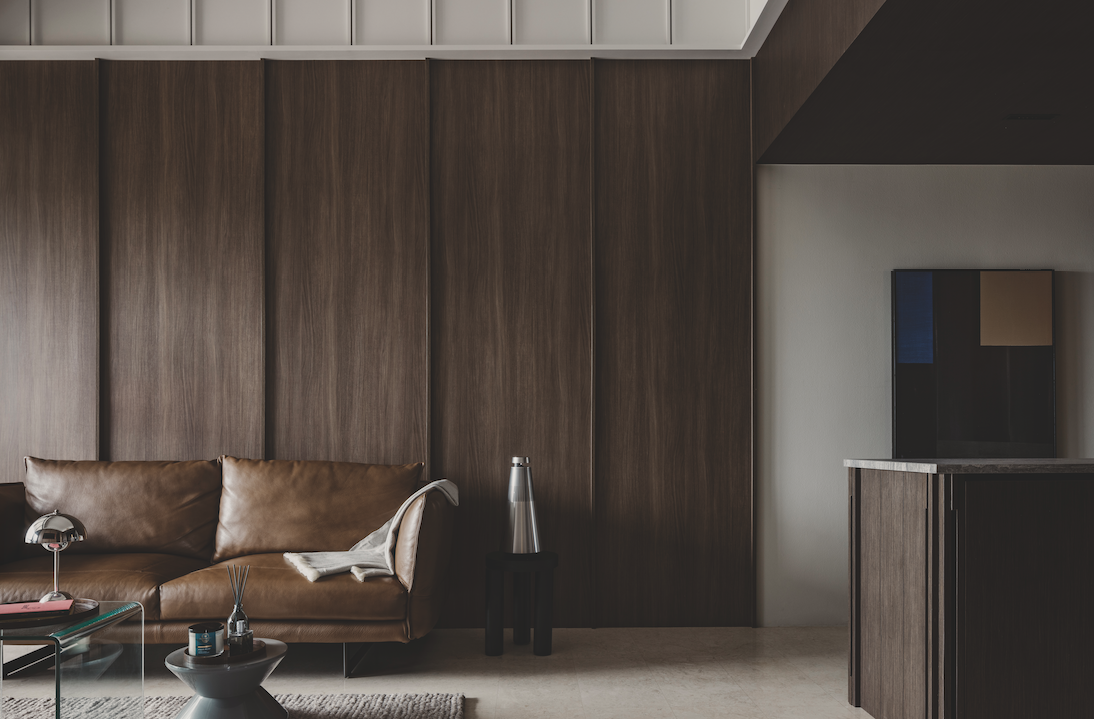
Looking ahead, what are your professional goals for the next decade?
We’d like to expand our services into different industries beyond residential, such as showrooms, galleries, and overseas projects. However, we’re cautious about expanding our team and selective when it comes to new hires. We believe that cultural fit is crucial. Our approach is to work hard and play hard.
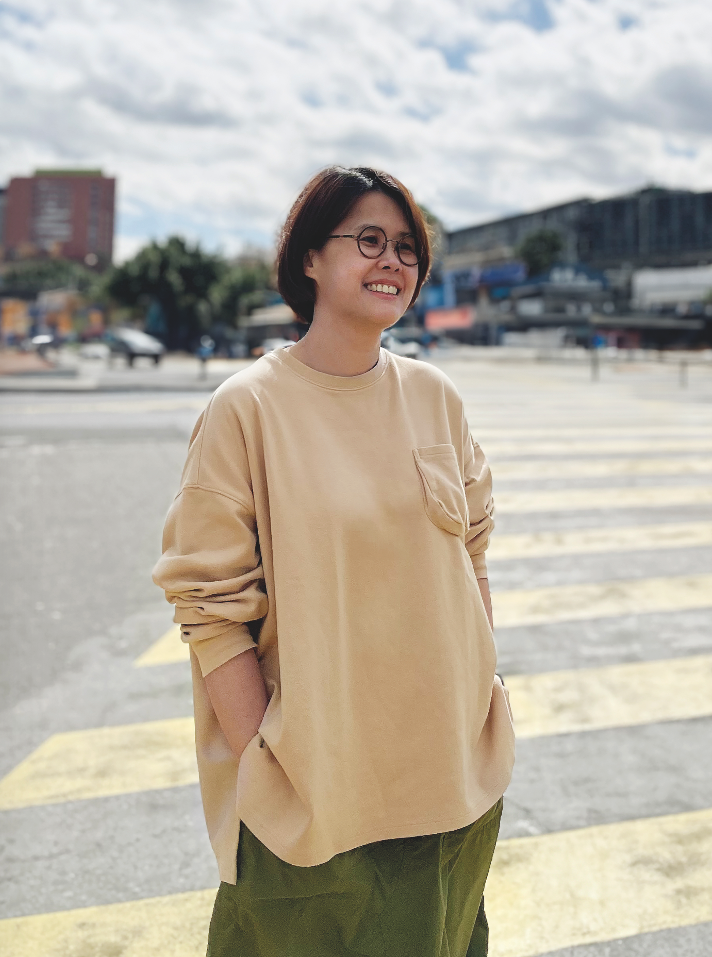
Shante Lee
Head of Creative, Castlery
Shante Lee has been instrumental in shaping the creative vision at Castlery, where she combines innovation with a practical approach to furniture design. Her passion for lifestyle and homewares drives her work, and her dedication to making high-quality design accessible to everyone sets Castlery apart in the market.
Tell us a bit about yourself
I’ve been with Castlery for seven years, helping to shape the brand’s creative vision. I’ve always been, and still am, inspired by good design. For me, good design goes beyond aesthetics; it’s about transforming spaces and evoking emotions. I also have a strong passion for lifestyle and homewares—they’re my happy place. These passions come together to create a unique and distinctive look for the brand.
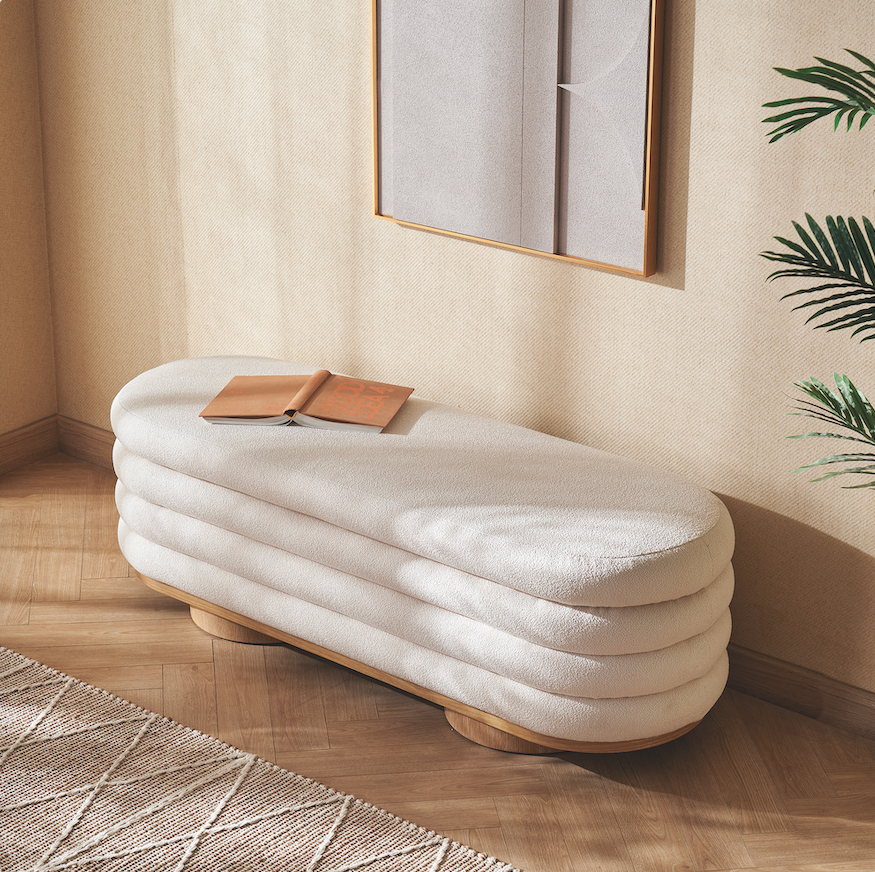
What key experiences have shaped your design philosophy?
My multi-faceted experiences in both personal and professional settings have significantly enriched my life. These diverse experiences have allowed me to engage with various cultures and collaborate with talented people from different backgrounds and nationalities. I also enjoy travelling, whether to new or familiar destinations, and find inspiration in cities, nature, architecture, and traditions. This broader perspective has expanded my design vocabulary. These collective experiences have shaped my design philosophy and, I hope, enable me to create meaningful designs that not only resonate with people but are also distinctively Castlery.
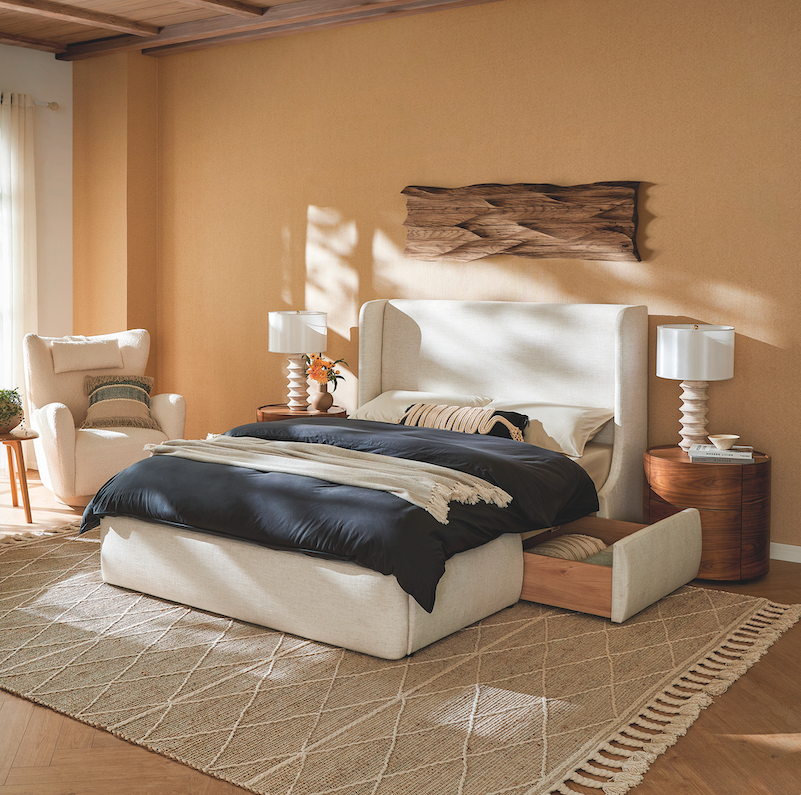
How do you define the design ethos of Castlery, and how does it distinguish itself in the market?
Castlery’s design ethos revolves around creativity, innovation, and a deep understanding of everyday living. Our pieces are crafted to inspire while addressing real-life problems. We embrace unconventional shapes, incorporate innovative features and use premium materials that transform the mundane into moments of comfort, pleasure, and sophistication. We design for real people, their homes, and their unique lifestyles. By exploring how people live and use their spaces, we develop thoughtful and elegant designs that elevate everyday experiences.
We pay meticulous attention to proportion, aesthetics, and achieving the perfect silhouette to craft pieces that blend form and function seamlessly. At Castlery, we believe in making high- quality, modern design accessible to everyone, without compromising on quality or visual appeal. This commitment to accessible luxury and practical aesthetics is what distinguishes Castlery in the market, empowering everyone to create their own space to thrive in.
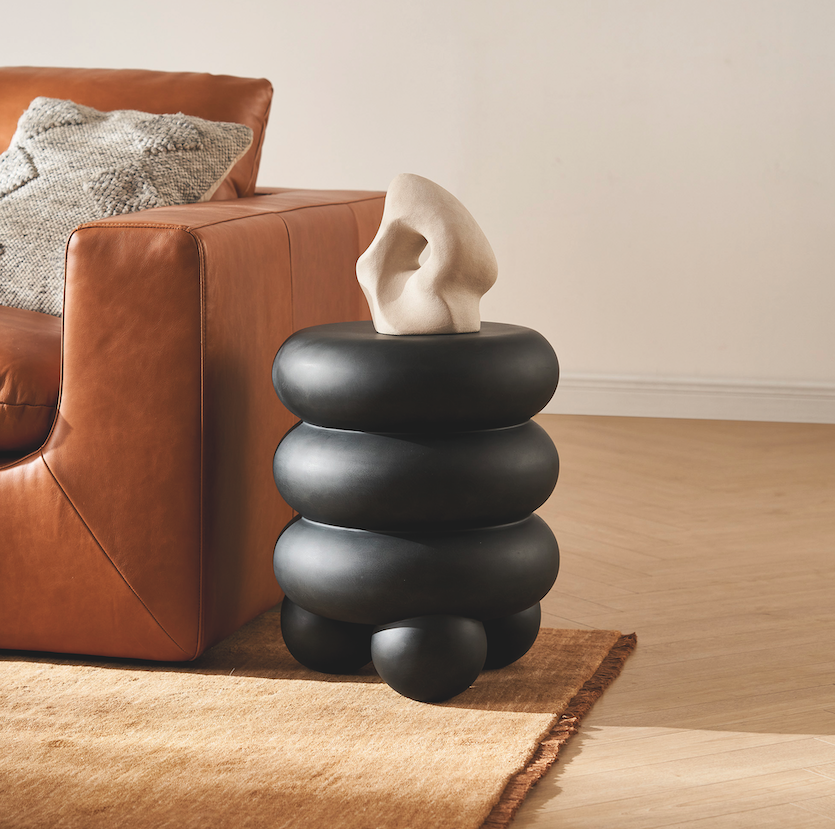
What is your approach to balancing aesthetics, functionality, and sustainability in furniture design?
Balancing aesthetics, functionality, and sustainability is a cornerstone of our design philosophy at Castlery. We achieve this balance by carefully designing each piece of furniture to endure over time, not only in terms of visual appeal but also through durable quality and craftsmanship.
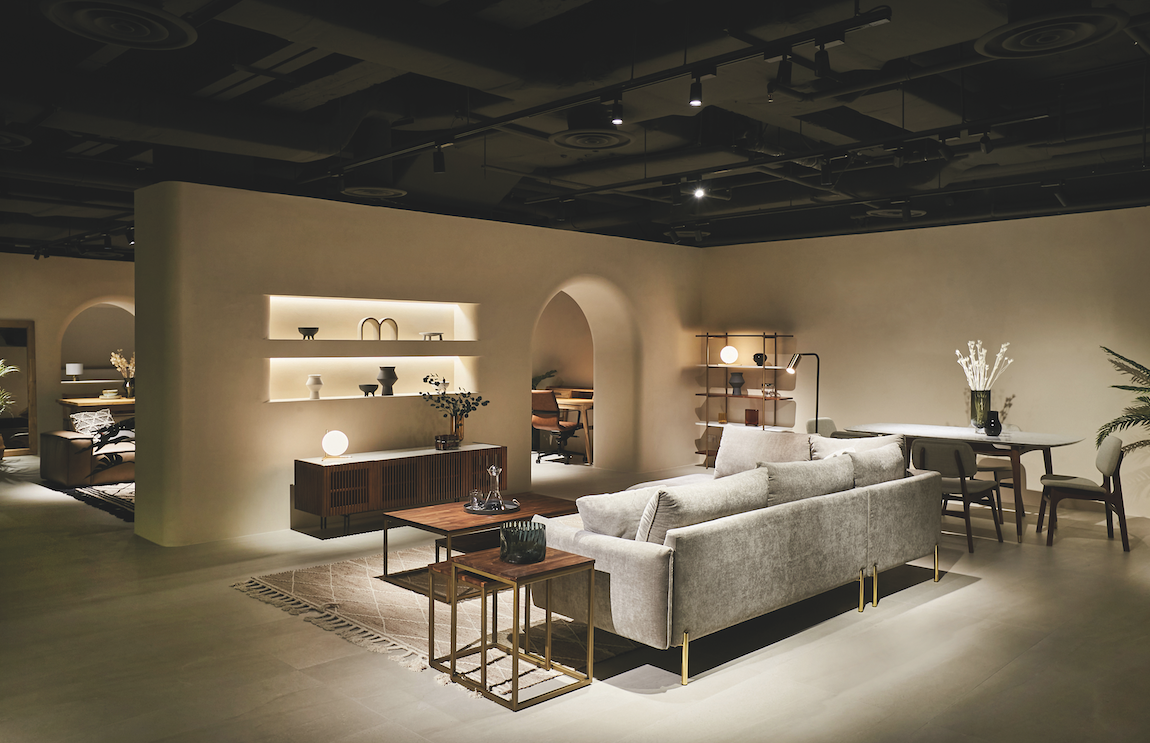
How do you encourage creativity and innovation within your design team?
Creativity and innovation are central to our culture at Castlery, and we actively nurture these qualities within our design team. We encourage our designers to push the boundaries of conventional design concepts and explore new ideas. We also encourage cross- functional collaboration to bring diverse perspectives to the table, leading to richer and more innovative designs.
Furthermore, we provide our designers with the freedom to experiment with new materials, shapes, and design trends. This flexibility allows them to pursue unconventional concepts while maintaining a focus on aesthetics and functionality. We also celebrate successes and learn from failures, recognizing that innovation often involves taking risks.
Overall, our approach is about creating a culture where creativity thrives, empowering our design team to continuously innovate and produce furniture that meets and exceeds customer expectations.

What trends are you currently excited about in the furniture design industry, and how are you integrating these into Castlery’s offerings?
One trend in the furniture design industry that excites us is the growing demand for multi-functional and space- saving furniture solutions. As urban living spaces become increasingly compact, customers are seeking furniture that adapts to their evolving needs and lifestyles. At Castlery, we’re embracing this trend by expanding our range of versatile and modular furniture. From beds with hidden storage to extendable dining tables, our goal is to offer innovative solutions that maximize space and functionality in customers’ homes.
We’re also enthusiastic about the resurgence of mid-century themes and the growing interest in post-modernism. By integrating these styles into our collections, we provide customers with a diverse range of design options to suit their individual tastes.
To help clients create homes that truly reflect their personalities and lifestyles, we offer an Interior Styling Service where they can receive personalised advice and design support.
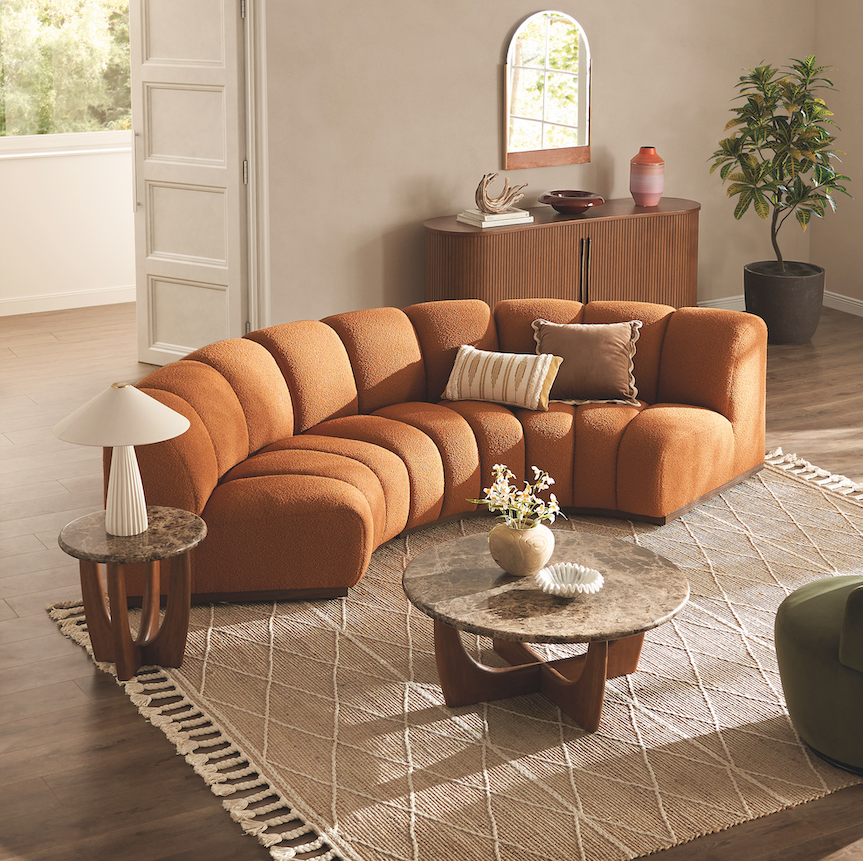
Looking forward, what are some goals you have for Castlery, and what should customers expect to see?
Looking ahead, customers can expect a dynamic and ever-evolving range of furniture that stays true to our core values while embracing new trends and design concepts. Our goal is to continue offering pieces that not only meet current needs but also inspire creativity in how people furnish and use their homes. We remain committed to delivering exceptional quality, value, and style at accessible price points.



